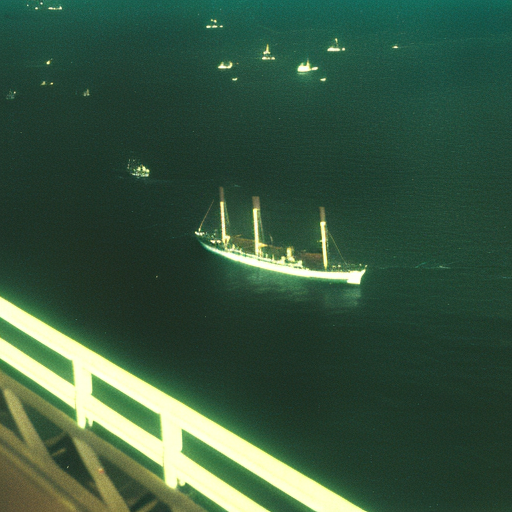Sinking of the RMS Titanic
The sinking of the RMS Titanic was a tragic maritime disaster that occurred on April 15, 1912. The Titanic, a British luxury passenger liner, was on its maiden voyage from Southampton, England to New York City when it struck an iceberg in the North Atlantic Ocean and sank, resulting in the deaths of more than 1,500 people.
Background: The Titanic was built by the White Star Line and was one of the largest and most luxurious ships of its time. It was designed to be unsinkable, with advanced safety features such as watertight compartments and a double bottom. The ship had a total capacity of over 2,200 passengers and crew.
The Voyage: The Titanic set sail on April 10, 1912, with a diverse group of passengers on board, including wealthy individuals, immigrants seeking a new life in America, and members of the ship’s crew. The ship made stops in Cherbourg, France, and Queenstown (now Cobh), Ireland, before heading towards New York City.
The Collision: On the night of April 14, the Titanic received several warnings about icebergs in the area, but the ship’s crew did not alter its course. At around 11:40 pm, the Titanic struck an iceberg on its starboard side, causing significant damage to the hull. The ship’s design, which allowed it to stay afloat with up to four flooded compartments, proved insufficient as the iceberg had caused damage to six compartments.
The Sinking: As water flooded into the ship, it became clear that the Titanic was in serious trouble. The crew began launching distress signals and preparing lifeboats for evacuation. However, due to a lack of lifeboats and inadequate training, there were not enough spaces for all the passengers and crew. Women and children were given priority, and many of the lifeboats launched were not filled to capacity.
Rescue Efforts: The nearby RMS Carpathia received the Titanic’s distress signals and immediately changed course to assist. Despite its best efforts, the Carpathia arrived at the scene approximately two hours after the Titanic had sunk. It rescued around 700 survivors from the lifeboats and brought them to New York City.
Aftermath: The sinking of the Titanic shocked the world and led to significant changes in maritime safety regulations. The disaster highlighted the need for more lifeboats on ships, improved training for crew members, and better communication systems. The International Ice Patrol was established to monitor icebergs in the North Atlantic, and the International Convention for the Safety of Life at Sea (SOLAS) was amended to include stricter safety requirements for ships.
Legacy: The sinking of the Titanic has captured the public’s imagination for over a century. Numerous books, films, and documentaries have been produced about the disaster, contributing to its enduring legacy. The tragedy has also served as a reminder of the dangers of hubris and the importance of prioritizing safety in all aspects of life.
In conclusion, the sinking of the RMS Titanic was a devastating event that claimed the lives of over 1,500 people. The collision with an iceberg and subsequent sinking of the ship highlighted the need for improved safety measures in the maritime industry. The legacy of the Titanic continues to resonate, reminding us of the importance of learning from past mistakes to prevent future tragedies.












